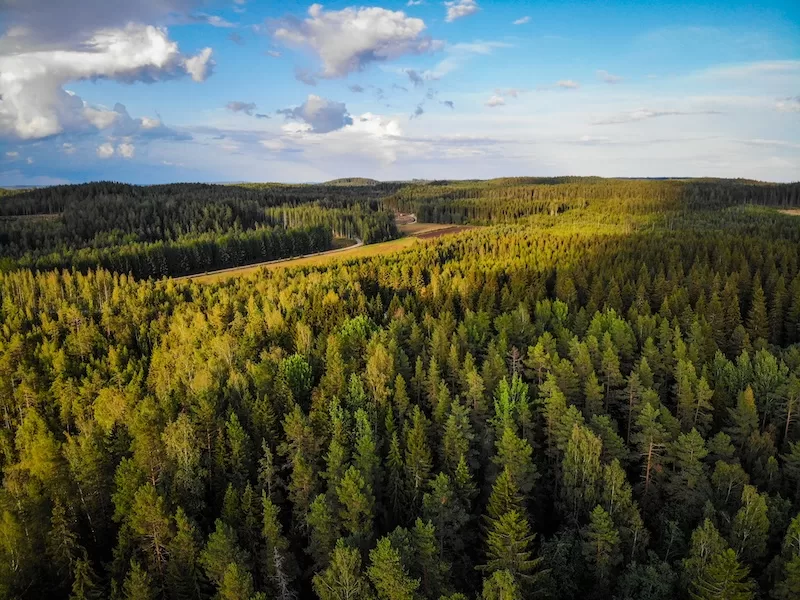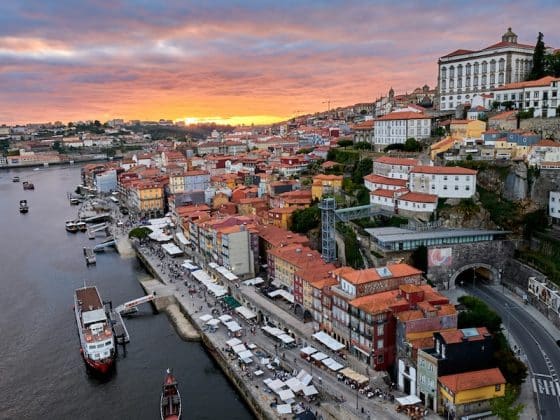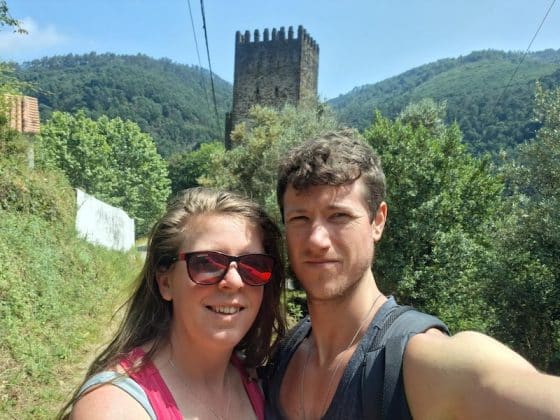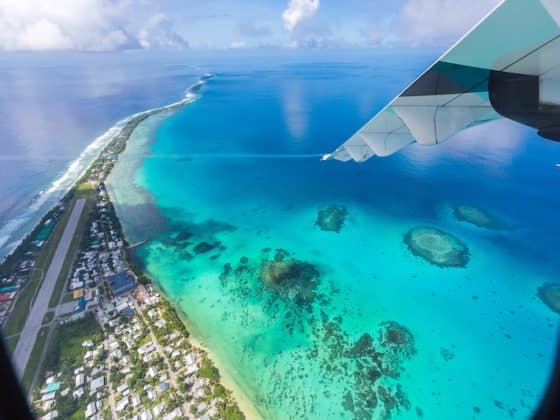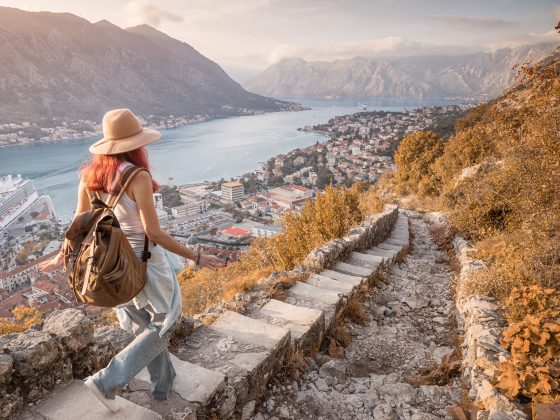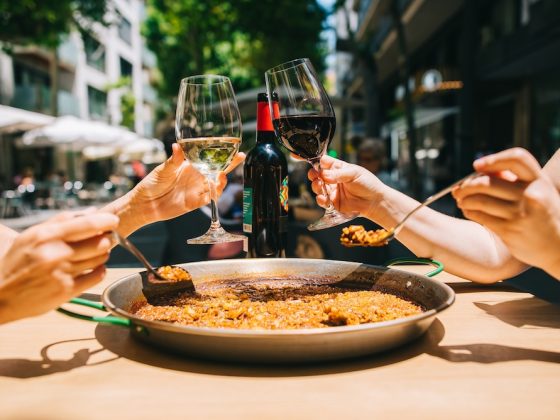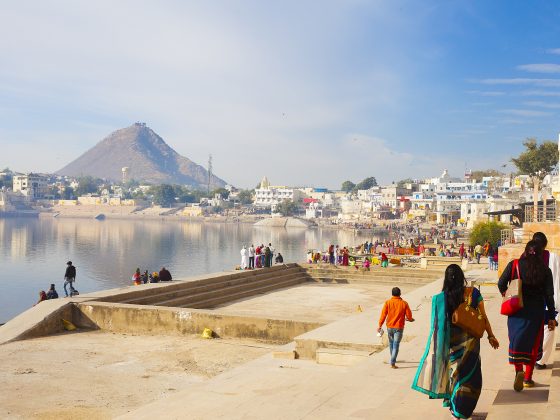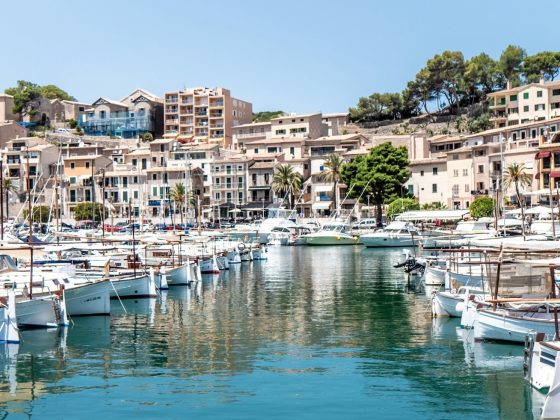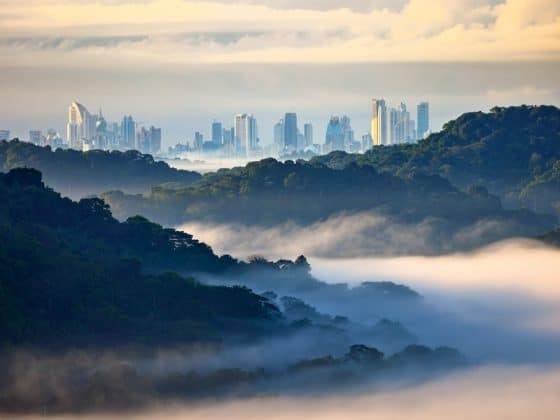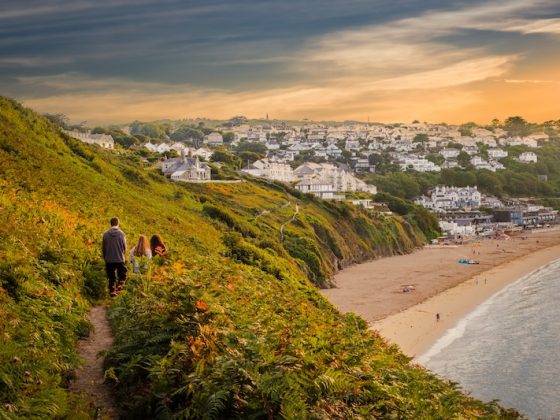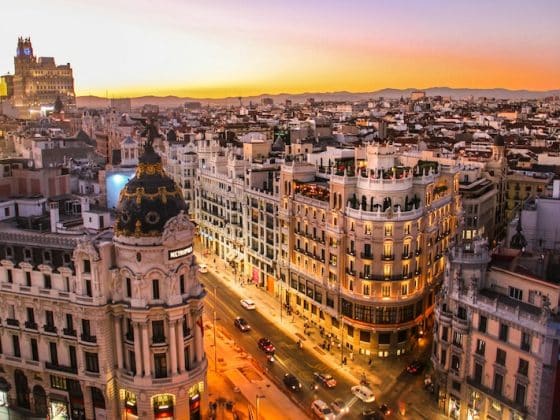Most people know Lapland for its deep winter. The blizzards, the reindeer-dotted forests, the elusive shimmer of the northern lights. It’s the land of husky sleds and Santa’s Village, where travelers arrive wrapped in layers and light fades before afternoon. But for a few brief weeks each year, before the snows reclaim the land and the world turns white again, Lapland softens. As autumn settles over the Arctic Circle now, I find myself thinking back to one of those golden days, when the sun refused to set, the forests hummed with life, and Lapland revealed its rare, short-lived summer self.
Dear Diary: A Summer’s Day in Lapland
Light streamed through my blinds leaving streaks of shadowed amber. The whole room was glowing. If I were writing a traditional diary entry, I’d tell you the time. But I had woken up in Lapland, and it was the middle of July: the midnight sun had skewed any resemblance of normality. It could have been 7 a.m., but then again, there was no telling whether it was actually 2:30 a.m., or even 3:00 a.m. The skies stayed a soft orange throughout the night—only reaching blue-skied clarity by midday. A glance at my phone on the bedside table confirmed all guesses as wrong. It was nearly 8 a.m., and as if to gloat, there was a gentle rumble of a car on the street below.
Read more like this: Life in Finland
I was staying in a one-bedroom apartment in Rovaniemi, a city in Finnish Lapland best known as the “Official Home of Santa Claus.” Every travel journalist knows the drill. I had spent the first day conducting interviews for a UK tabloid at the nearby Santa Claus Village, but the following three days were my own, researching possible story angles, snapping photos, and basking in the time alone.
Today’s schedule was truly Scandinavian. The plan was simple: take my foot off the pedal, and see if I could relinquish control to match this clockless world. I was looking for the perfect summer in Lapland.
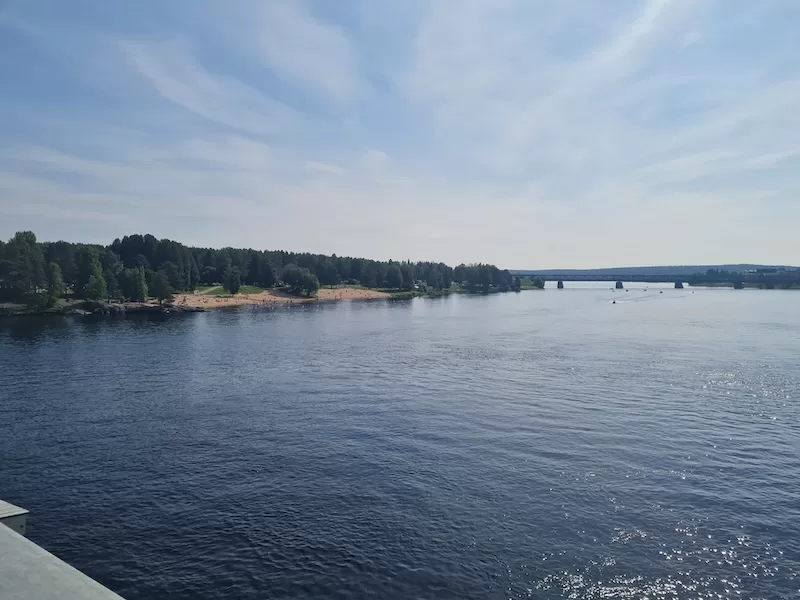
Morning: Walking Kirkkolammen Puisto
Awake and refueled with a homemade breakfast, it was a prompt step onto Rovakatu Street and a brisk walk to the city’s southern boundaries. There was something special about an energized walk to start the day, and the weather agreed: it climbed past 80°F that afternoon—hard to imagine now, as the chill of autumn begins creeping across Lapland. The route was a chance to reflect on the influx of information I had been steadily absorbing, and the brightening skies were a beautiful backdrop against the city’s architecture. The destination of choice was Kirkkolammen Puisto, a large park with a shaded footpath hugging the perimeter of a colossal lake. But I paused to snap a photograph of Rovaniemi Church and its striking spire against the bright blue sky.
Read more like this: The Rise of Noc Tourism
Blue Mind Theory
The trail was a little over a kilometer in length, a short-but-sweet jaunt around the shimmering water and the odd family of ducks. It wasn’t so much the intensity of exercise, but the scenery. Anyone who’s familiar with the phrase “blue mind theory” will understand the concept: being in proximity to water correlates with profound improvements in mental wellness. Call it zen. Call it mindfulness. Ultimately, it’s an increase in dopamine and oxytocin levels—a booster of all those feel-good neurotransmitters.
Mentally, I had very much been in tourist or reporter mode these past few days, but that was beginning to slip. I put one foot in front of the other, thinking of everything back home: the mortgage approval, my first house, and my network of a partner, family, and friends. I’ve long touted the benefits of a “walk around the block,” but it’s surprising how gently this experience around Kirkkolammen Puisto was triggering processing and decision-making that my brain wouldn’t register at home. Efficient serenity.
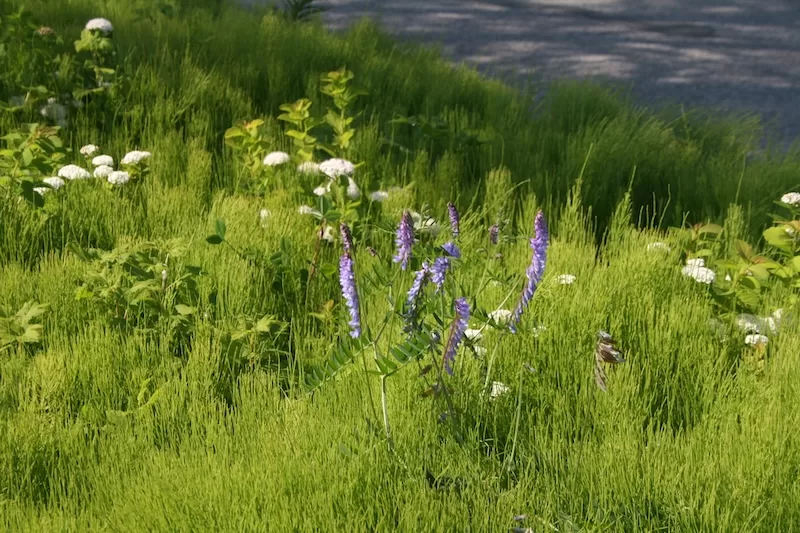
Midday: A Beach Break
By 11 a.m., I had completed the parkland trail, and was in need of both rest and a sugary fix. I had a prime spot in mind: Rovaniemi’s City Beach. At the far end of Kirkkolammen Puisto, the path intersected with a trail that followed the banks of the Kemijoki River. Bursting with graffiti in reds, blues, and yellows, it offered an urban connection to a more sociable side of summer in Rovaniemi. The route bypassed a delicious ice cream truck—strategic, I know—before crossing the city’s iconic Candle Bridge to reach its protected stretch of sandy beach.
Rovaniemi is a landlocked city; the nearest section of oceanfront coastline is some 75 miles away. Yet its residents and visitors-in-the-know have curated a carefully oiled machine. It felt like the entire city had already congregated at this riverside spot: tanning, swimming, and chatting among friends. And, when the necessity of amenities called, there was the adjoining block of changing rooms and waterfront tables with pub grub at Valdemari.
Swimming Zone on Lapland in Summer
City Beach had a neatly cordoned swimming zone, and its sandy slopes slanted down toward the darkened depths of the river, turned a deep brown from heavy mineral content. Sunbathers basked in the blistering heat before plunging into the ice-cold river; the meekest shuffling to cool off under a pine tree’s patch of shade instead. Who needs a sauna with this well-rehearsed rotation?
It might be the last place you’d expect to find a flourishing beach culture, but that oxymoronic reality made me lean even further into the softness of my beach towel. It was deliciously fleeting. How bizarre knowing that the sand and water would be buried under compacted ice in a matter of months.
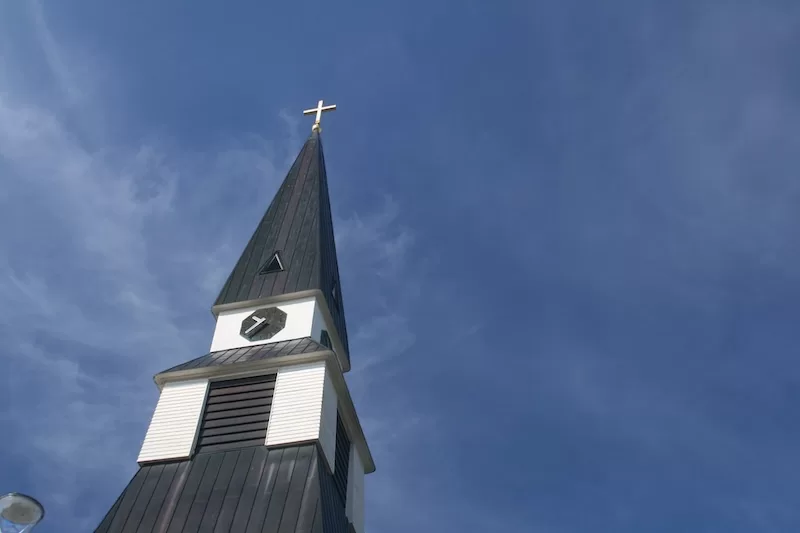
Afternoon: Forest Trails and Rogue Reindeer
If I had embraced Rovaniemi’s dopamine-inducing waters, the forests were next. The Ounasvaara Winter Trail had caught my eye. The route promised a three-tiered observation tower, and I was intrigued by the concept of seeing the forest in full bloom. In winter, everything is white. I was keen to break that association, and see the miraculous bounceback of plant life that spends four months at sub-zero temperatures.
I tore myself away from the beachfront, almost immediately walking into a grazing reindeer, who looked almost as stunned as me. “They come to graze in windier areas,” I overheard a man telling his family, “the mosquitos are unbearable otherwise.” It seemed he was right. I saw another cluster of reindeer napping serenely on the island of a busy dual carriageway, their fur fluttering with the passing of each vehicle. In Lapland in Summer, nothing seemed to be in the right place at the right time. Perhaps it was just the season of incongruities.
Lapland in Summer: Dappled Forest Floors
A sharp turnoff into the forest put an end to my reindeer spotting. The contrast from the greenery was startling. Dappled forest floors emitted a mottled effect from shrunken undergrowth and fir trees casting shadows. The scenery was patterned by moss growths on strewn granite boulders. I climbed a set of wooden steps and then it was just me, the forest, and a lone red squirrel, poised as it evaluated me from ahead.
Prior research had told me that these forests were laden with wild berries and forageable foods. If the shrubbery was once bountiful, I had definitely been beaten to it. The squirrel bounced up ahead for a good third of the distance, before it dashed off to the side, and the distant figure of the observation tower emerged. I climbed to the top, and gazed out at Rovaniemi in the distance.

Evening: Sauna
Back at the apartment, I felt like I had disrupted the non-Arctic rhythm I arrived with. In the silence of that day, slivers of clarity had snuck in through my subconscious. There is a restlessness that fills the gaps when slowing down; new ideas, a tug of nostalgia, and a yearning for more—whatever “more” entails. Summer in Lapland had symbolized a breaking of stereotypes: I had been submerged in nature and experienced the freezing of time.
Read more like this: Bizarro Sports, Top 10 of the most unusual global competitions
After the outdoor heat, I was ready to switch on the apartment’s actual private sauna. The apartment block was furnished in typical Finnish style, with each bathroom featuring a three- to four-person sauna warmed by an electric heater. I settled down for two cycles of hot coals in the glowing lowlight, and then stepped onto the balcony to cool down. An evening sauna might not be part of my usual routine, but wow, could I get used to it—Finnish expats, I understand the draw.
Lapland in Summer: At Late Evening
To my amazement, it was late evening and the streets below were still bathed in bright light and activity. Usually bound by the restrictions of an 11 p.m. bedtime, I decided to relinquish that final bit of control.
Wrapped up in a cozy jumper, I padded down to the riverfront. It was nearly midnight, but apparently nobody had got the memo: sun included. The scenes were bizarre; elderly men were still poised with fishing rods, swimmers continued to frolic on the beach, and toddlers dashed across parks, dodging the grabbing hands of parents trying (and failing) to sustain conversations with friends. Nobody quite wanted to admit that the party was over. Perhaps I had just left too early. The sun was already bouncing back off the horizon.
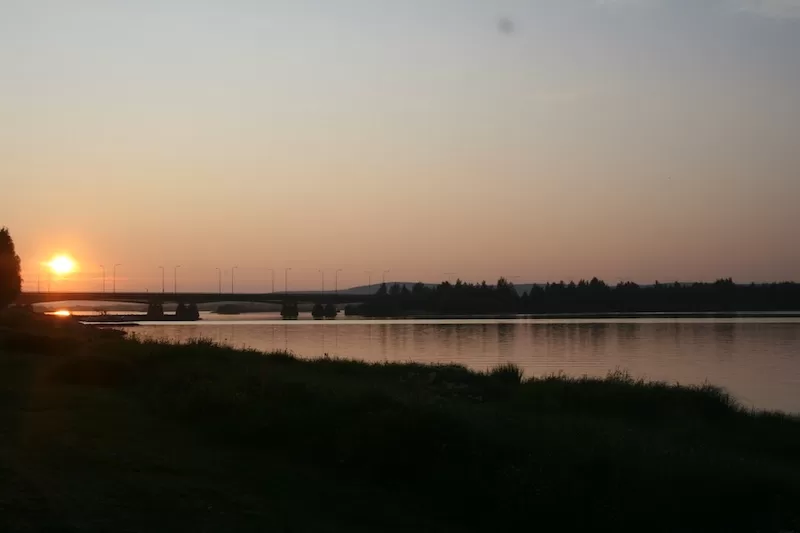
Stay Ahead on Every Adventure!
Stay updated with the latest news on Escape Artist. Get all the travel news, international destinations, expat living, moving abroad, Lifestyle Tips, and digital nomad opportunities. Your next journey starts here—don’t miss a moment! Subscribe Now!
Eibhlis Gale-Coleman is a travel writer from the UK. She has an ever-growing bucket list of “everywhere” and took her first solo trip abroad at 16 to volunteer in marine conservation.
